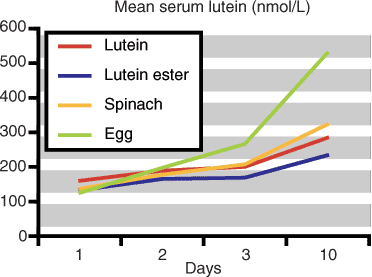| Essentials | 
|
Full colour PDF of the pages as they appeared in ‘best practice’.
 Printer friendly PDF. Printer friendly PDF.
Correspondence |
 |
|
B12 deficiency |
||
|
Dear Sir, I read the latest issue (5) of best practice with great interest having been away in the UK for five months at the end of last year so had fallen off the circulation list. Thank you to whoever reinstated me! The letter about B12 deficiency with acid suppression therapy reminded me of another cause of B12 deficiency by a commonly used drug which can get missed, metformin therapy. Having come across it in the UK a few years back, using PubMed online I quickly found a good paper on the topic (Aus Fam Physician 2003 May; 32(5):383-4). It seems the mechanism is that metformin blocks a calcium-dependent ileal surface receptor for absorption of the B12-intrinsic factor complex. The study found an incidence of ‘B12 deficient megaloblastic anaemia’ in 9% of 600 metformin-taking NIDDM patients, and only 0.5% had positive intrinsic factor antibodies. Replacement of the B12 may be by B12 injection, oral cyanocobalamin (although there isn’t a pure oral form available in NZ so, to get the daily dose of 50-150 mcg, multivitamin preparations aren’t ideal) or, simplest of all, oral calcium supplements (to assist that receptor). Some people recommend annual B12 and CBC testing of all diabetics on metformin, and it’s worth thinking about if a diabetic patient develops peripheral neuropathy. I’d better get back to my patients now! Yours faithfully, Dr Nick Cartmell, eggs and eyesDear Sir, Was the key on the eggs and eyes figure correct? The graph looks like lutein ester caused the greatest rise in serum lutein but the text says eggs were best. Stephen Hoskin Hi Stephen Thanks for your email. Well spotted, you’re correct, the key has been mislabelled with the labels for egg and lutein ester transposed. Thanks for bringing this to our attention. Editorial Team Please note correction to Figure 1 (BPJ 5) (Printed version only) Figure 1: Change in serum lutein concentrations in 10 healthy men with different sources of dietary lutein 
|
